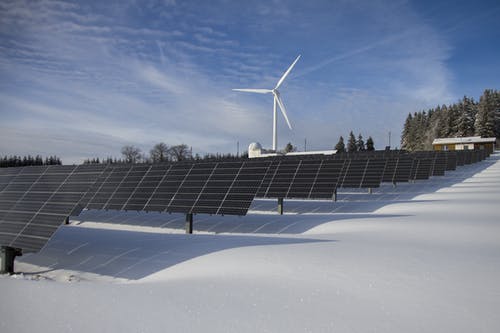
Sustainable power including wind and solar power is presently the least expensive type of new power age in Pakistan. With over a large portion of the provincial population incapable to get the power, Pakistan is legitimately undertaking a significant form out of power age ability to satisfy need development into what’s to come. Further selection of ever-less expensive and available environmental friendly power can make a more noteworthy commitment towards fulfilling Pakistan’s developing power needs. All things being equal, Pakistan is as of now on an energy pathway towards over-dependence on imported petroleum products, outdated coal innovation, and costly, occasional and postponed hydro power.
Analysis:
Energy is the fundamental necessity for mechanical development. Because of the advancements made in different areas of the nation, the general energy prerequisite has expanded to a huge degree however the force age limit wasn’t improved enough to meet the necessity. This has brought about extending of interest – gracefully whole in energy area. Power is mainly generated through thermal power plants, which comprise practically 68% of all out force age limit. Because of this reality, the energy area has gotten needy over imported petroleum derivatives. This has added to the energy frailty of the nation as petroleum derivative stores are draining and there have been a worldwide pattern of value climb of these energy assets. The circumstance has prompted investigate the chance of intensity age through substitute energy assets.
Wind power, an option in contrast to petroleum products, is ample, sustainable, clean and delivers no ozone harming substance emanations during activity. The upside of Wind Energy is generally low capital cost included, short development period needed to commission wind power frameworks and predominant natural advantages with decreased emanation of contaminations. Operational expenses of wind power are very low when contrasted with different assets.
Development via Wind Energy
An astounding development in the wind power has been noticed all through the world as of late due innovative headway in field of wind power which brought about the expansion in the effectiveness and yield power of wind turbines. World wind age limit more than quadrupled somewhere in the range of 2000 and 2006, multiplying about at regular intervals. Overall there are currently more than 200,000 wind turbines working, with an all-out limit of 282,482 MW.
Pakistan has been skilled with a huge wind asset particularly in the waterfront territories of Sindh and Baluchistan.
The Gharo-Keti Bandar Wind Corridor spreading 60 km along the coastline of Sindh region and in excess of 170 km profound towards the land alone can possibly create in excess of 60,000 MW of power.
Considerable Benefits of Wind Energy
By expanding dependence on sustainable power to create practically 30% of power by 2030, Pakistan can accumulate the accompanying advantages:
- Improved energy security
- Diminished monetary weight
- Diminished expense of power age
- Further decreases in the expense of renewables
- Enhancement of interest in fuel sources
Wind Power Plant Construction Pakistan
The crew at Nepcon Pakistan provides end-to-end construction of wind power plants in Pakistan including power systems Installation, substations Installation, interconnection, and electric utilities services.
Conclusion
It is inferred that wind energy presents an extensive open door for us to acquire significant part of the future energy needs from this manageable source. On the off chance that the open door is to be amplified, at that point we should guarantee that the advancements are taken forward with care and affectability so both public and political help is kept up. It would encourage the advancement of this innovation in neighborhood industry which will make greater work openings and prudent exercises in far off territories. Wind ranches will help decreasing ecological outcomes because of decrease in reliance over petroleum products for power age.
